The Cane Corso, a majestic Italian breed, has a rich but often overlooked history of military service. In this comprehensive exploration of Cane Corso: Forgotten Heroes of Military Service, we'll uncover the fascinating journey of these powerful dogs from ancient Roman battlefields to modern conflicts. Whether you're a history buff, a dog enthusiast, or simply curious about this remarkable breed, you're in the right place to gain insights into the Cane Corso's invaluable contributions to military operations throughout history. Let's dive into the captivating world of the Cane Corso mastiff history and discover how these noble dogs have shaped warfare and protection for centuries.
- Ancient Origins: Cane Corso in Roman Warfare
- Medieval Era: Cane Corso as Guardians and Fighters
- Renaissance to Early Modern Period: Changing Roles
- World War Era: Resurgence in Military Service
- Modern Military Applications of Cane Corsos
- Honoring the Legacy: Cane Corsos as War Heroes
- Lessons from History: The Cane Corso's Military Virtues
Ancient Origins: Cane Corso in Roman Warfare
The history of the Cane Corso breed is deeply rooted in ancient Roman military traditions, showcasing the breed's longstanding connection to warfare and protection.
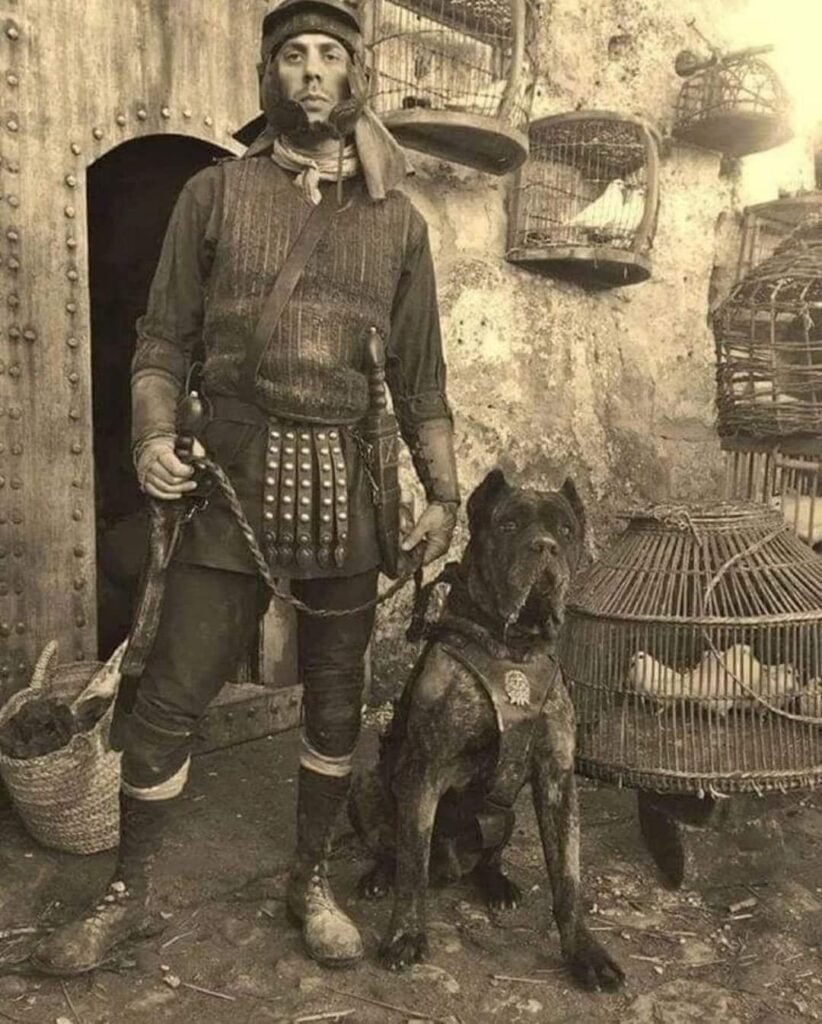
The Canis Pugnax: Ancestors of the Cane Corso
The Cane Corso's military legacy begins with its ancestors, the Canis Pugnax:
- Roman war dogs: Fierce canine warriors used in battle
- Bred for strength: Selected for power, courage, and loyalty
- Genetic link: Direct predecessors of the modern Cane Corso
Key Fact: The name "Corso" is believed to derive from the Latin "cohors," meaning "protector" or "member of the court," highlighting the breed's historical role.
Roles and Tactics of War Dogs in Roman Legions
Cane Corso ancestors played diverse roles in Roman military campaigns:
- Frontline fighters: Charged into enemy lines, causing chaos
- Guards: Protected camps and supply lines
- Intimidation: Psychological warfare against opponents
- Messengers: Carried vital communications in battle
These versatile dogs were integral to Roman military strategy, showcasing the breed's adaptability that persists in the Cane Corso today.
Training and Care of Ancient Roman War Dogs
The Romans took the preparation of their war dogs seriously:
- Rigorous training: Started from puppyhood to build courage and obedience
- Specialized diets: Fed high-protein meals to maintain strength
- Armor: Often equipped with spiked collars for protection
- Handler bonds: Paired with specific soldiers for optimal teamwork
This meticulous care laid the foundation for the Cane Corso's reputation as an exceptional working dog.
Medieval Era: Cane Corso as Guardians and Fighters
As the Roman Empire fell, the Cane Corso's role evolved, but its military heritage remained strong throughout the medieval period.
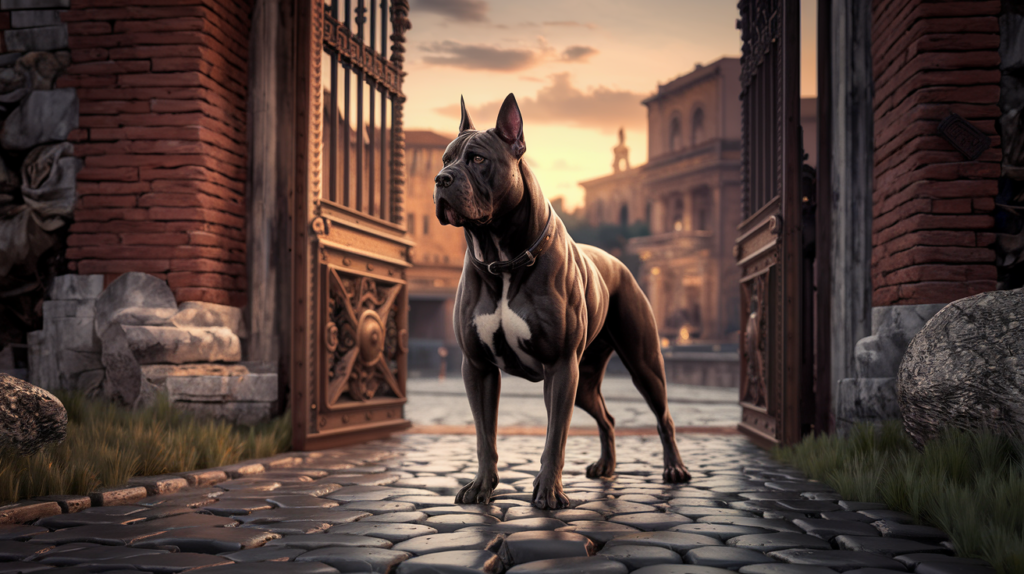
Cane Corsos in Italian Warfare and Nobility
The breed found new purposes in medieval Italy:
- Castle guardians: Protected noble estates from invaders
- War companions: Accompanied knights into battle
- Hunting partners: Assisted in boar and bear hunts
Historical Note: Many Italian noble families kept Cane Corsos as status symbols and protectors, further cementing the breed's prestigious reputation.
The Breed's Role in Protecting Estates and Livestock
Cane Corsos became invaluable in rural settings:
- Property guards: Patrolled large estates to deter thieves
- Livestock protection: Defended herds from predators and rustlers
- Farmhand assistants: Helped with various agricultural tasks
This versatility ensured the Cane Corso's continued relevance in a changing world.
Evolution of the Cane Corso's Military Functions
The breed's military role adapted to medieval warfare:
- Siege warfare: Used to defend or breach castle walls
- Personal bodyguards: Protected important figures in battle
- Intimidation tactics: Deployed to strike fear in enemy forces
These evolving roles showcased the Cane Corso's intelligence and adaptability, key traits that define the breed to this day.
Renaissance to Early Modern Period: Changing Roles
The Renaissance and Early Modern period saw further changes in the Cane Corso's military applications, reflecting the evolving nature of warfare.

Cane Corsos in European Conflicts
As warfare became more sophisticated, so did the use of Cane Corsos:
- Sentry dogs: Guarded military camps and fortifications
- Scouts: Used for reconnaissance in unfamiliar territories
- Ammunition carriers: Transported supplies to the front lines
Interesting Fact: Some historical records suggest Cane Corsos were used by both sides during the Italian Wars of the 15th and 16th centuries.
Adaptation to Changing Warfare Tactics
The breed's roles shifted with new military technologies:
- Firearm support: Trained to work alongside musketeers
- Cavalry assistance: Helped in mounted warfare operations
- Naval duties: Served on ships as guards and ratters
This adaptability highlights the Cane Corso's versatility and intelligence, traits still prized in the breed today.
The Breed's Decline and Near Extinction
Despite their usefulness, changing warfare led to challenges:
- Reduced demand: Modernization of armies decreased reliance on war dogs
- Rural focus: Breed became more confined to agricultural roles
- Crossbreeding: Purity of the Cane Corso line was threatened
This period marked a critical juncture in Cane Corso history, nearly leading to the breed's extinction.
World War Era: Resurgence in Military Service
The World Wars saw a revival of the Cane Corso's military applications, bringing the breed back into the spotlight of martial service.
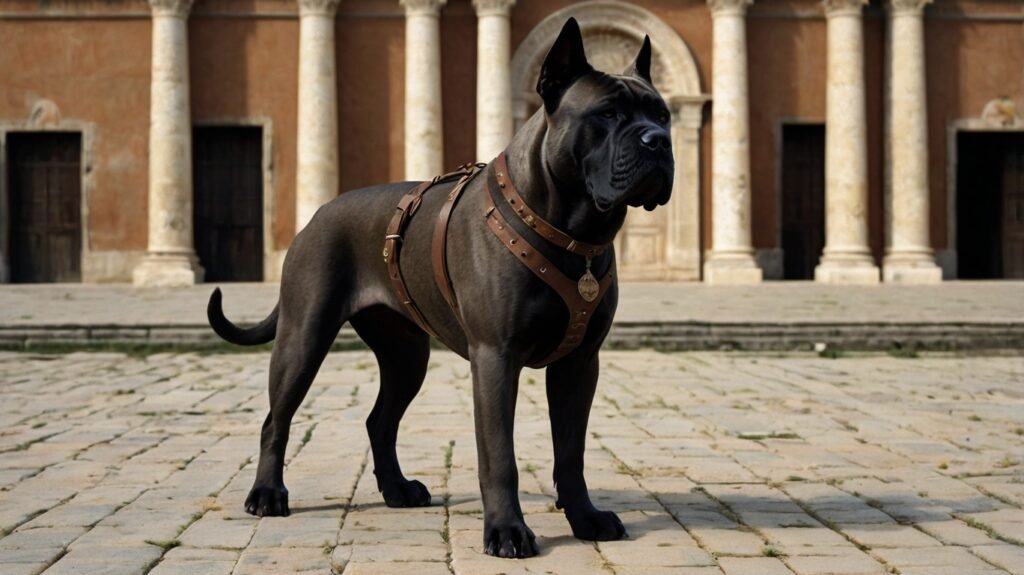
Cane Corsos in World War I: Messengers and Scouts
World War I reintroduced Cane Corsos to modern warfare:
- Message carriers: Delivered vital communications across battlefields
- Sentry duties: Guarded trenches and camps
- Casualty location: Helped find wounded soldiers in no man's land
These roles showcased the breed's courage and reliability under extreme conditions.
World War II Contributions: Search and Rescue
In World War II, Cane Corsos found new ways to serve:
- Rubble searches: Located survivors in bombed buildings
- Supply transport: Carried food and ammunition to front lines
- Patrol partners: Assisted soldiers in guarding sensitive areas
Notable Achievement: Several Cane Corsos were recognized for their bravery in Italian resistance operations during WWII.
Post-War Recognition of Canine Military Service
The wars led to increased appreciation for military dogs:
- Official recognition: Many countries established K9 corps
- Breeding programs: Efforts to preserve working dog lines intensified
- Public awareness: War stories popularized the concept of hero dogs
This recognition helped revive interest in the Cane Corso, contributing to the breed's modern resurgence.
Modern Military Applications of Cane Corsos
Today, the Cane Corso continues to serve in various military and law enforcement capacities, building on its rich history.

Current Use in Italian Military and Police Forces
The breed's homeland still values its capabilities:
- Patrol work: Assisting in border and urban security
- Narcotics detection: Utilizing their keen sense of smell
- Crowd control: Providing a commanding presence in tense situations
Fact: The Italian Carabinieri (military police) regularly employ Cane Corsos in their K9 units.
Cane Corsos in Special Operations and Security
The breed's strength and intelligence make it suitable for specialized roles:
- Personal protection: Guarding VIPs and dignitaries
- Anti-terrorism units: Assisting in high-risk operations
- Search and rescue: Participating in disaster response efforts
These modern applications showcase the Cane Corso's continued relevance in security operations.
Training Programs for Military Cane Corsos Today
Modern training builds on centuries of experience:
- Advanced obedience: Emphasizing discipline and control
- Scent work: Developing detection skills for various substances
- Agility training: Enhancing physical capabilities for diverse terrains
These programs ensure that Cane Corsos can meet the demands of contemporary military and police work.
Honoring the Legacy: Cane Corsos as War Heroes
Recognizing the contributions of Cane Corsos in military service is crucial to understanding and appreciating the breed's history.

Notable Cane Corsos in Military History
While individual records are scarce, some Cane Corsos gained recognition:
- "Rex": A WWII Cane Corso credited with saving an Italian platoon from ambush
- "Nero": Renowned for locating dozens of survivors in bombed buildings during the Allied invasion of Italy
These dogs exemplify the breed's courage and service ethos.
Memorials and Recognitions for Canine Soldiers
Efforts to honor military dogs include Cane Corsos:
- War Dog Memorials: Several monuments feature Cane Corso-type dogs
- Military Museums: Exhibitions highlighting the role of dogs in warfare
- Veteran Organizations: Groups dedicated to honoring canine veterans
These tributes help preserve the memory of Cane Corsos' military contributions.
Preserving the Military Heritage of the Breed
Modern enthusiasts work to maintain the Cane Corso's working legacy:
- Breed Standards: Emphasizing traits valuable in working roles
- Working Trials: Competitions that test skills related to historical functions
- Educational Programs: Initiatives to inform the public about the breed's history
Preserving this heritage ensures that the Cane Corso's military past continues to shape its future.
Lessons from History: The Cane Corso's Military Virtues
The Cane Corso's military history offers valuable insights into the breed's character and potential.

Loyalty and Courage: Breed Traits in Service
Key characteristics that made Cane Corsos valuable in warfare:
- Unwavering loyalty: Dedication to handlers even in dangerous situations
- Physical courage: Willingness to face threats head-on
- Protective instincts: Natural inclination to defend their human companions
These traits continue to define the Cane Corso breed today.
Intelligence and Adaptability in Military Contexts
The breed's cognitive abilities were crucial in military settings:
- Quick learning: Ability to master new tasks rapidly
- Situational awareness: Keen understanding of environmental changes
- Problem-solving skills: Capacity to navigate complex scenarios
Modern Cane Corsos retain these intellectual traits, making them excellent working dogs.
The Cane Corso's Impact on Modern Working Dogs
The breed's military history influences contemporary canine roles:
- Security industry: Shaping standards for guard dog training
- Search and rescue: Informing techniques for disaster response dogs
- Law enforcement: Influencing K9 unit breeding and selection criteria
The legacy of the Cane Corso in military service continues to resonate in various fields of canine work.

The Cane Corso's military history is a testament to the breed's intelligence, loyalty, and versatility. From ancient Roman battlefields to modern-day security operations, these dogs have proven their worth as invaluable allies in times of conflict. By understanding and honoring this rich heritage, we not only pay tribute to the forgotten canine heroes but also gain a deeper appreciation for the Cane Corso's exceptional qualities.
As we continue to benefit from their service in various capacities today, let us remember and celebrate the brave Cane Corsos who have served alongside human soldiers throughout history. Their legacy lives on in every Cane Corso that works tirelessly in service roles or provides loyal companionship to families around the world.
Are you fascinated by the Cane Corso's military history? Do you have any stories or insights about Cane Corsos in military service? We'd love to hear from you! Share your thoughts, questions, or personal experiences with Cane Corsos in the comments below. Your contributions can help us continue to uncover and celebrate the remarkable history of this noble breed.
Let's keep the conversation going and ensure that the Cane Corso's legacy as a military hero is never forgotten. Together, we can preserve and honor the rich history of these magnificent dogs for generations to come!
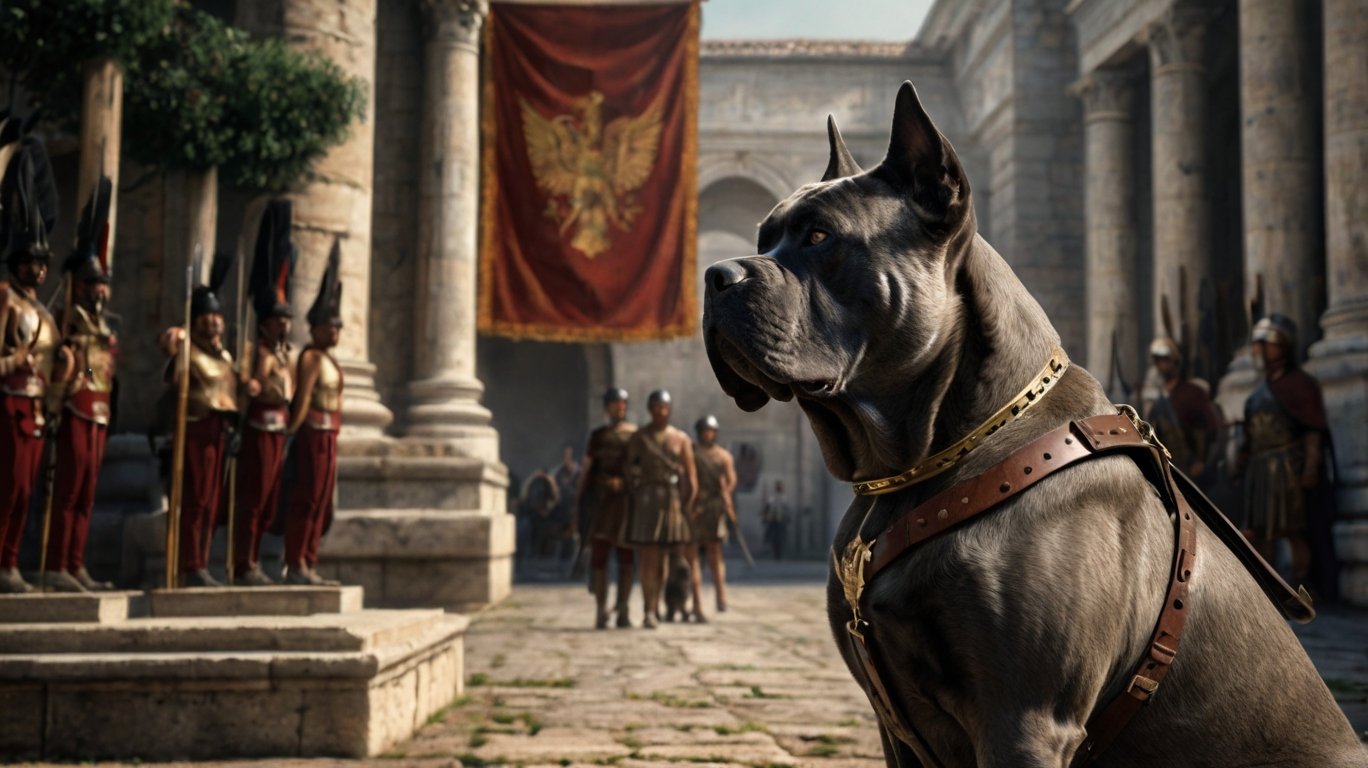
Leave a Reply